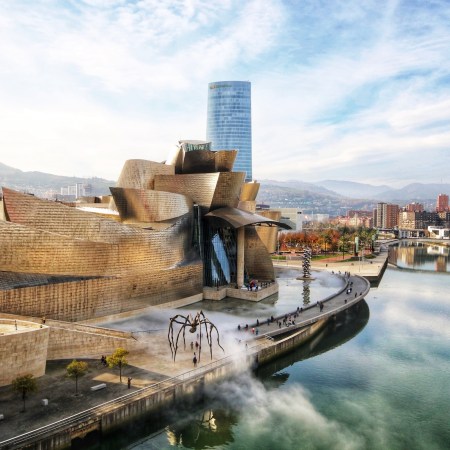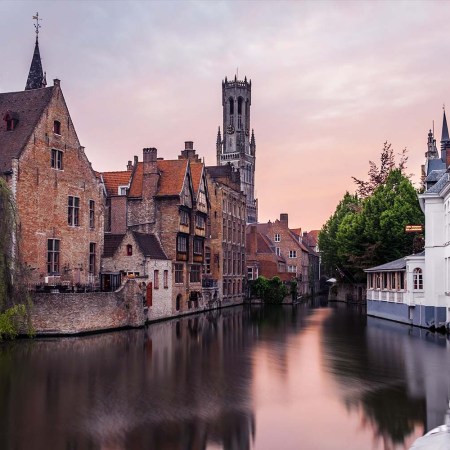Iceland had little trouble attracting tourists in the 2010s. The number of annual visitors skyrocketed from 459,000 in 2010 to 2.3 million in 2018, thanks to a favorable exchange rate, cheap airline tickets, and a newfound appreciation for both the Nordic island’s proximity (it’s under six hours in the air from New York to Reykjavík, and about three hours from London), and its natural marvels (which were popularized by Instagram photographers, Justin Bieber, and Game of Thrones).
Those numbers had already started to drop a bit in 2019, after the krona rallied, the national airline WOW fell apart, and Iceland itself began to warn against overtourism in its most fragile public lands. But then 2020 hit, and tourism came to a sudden, brutal halt altogether. About 16% of the country’s workforce was employed in the hospitality sector before the pandemic, and massive layoffs have rattled hotels, restaurants and guide companies.
Though Iceland is sparsely populated (it has fewer people than Wichita, Kansas), its government has been especially careful with the coronavirus. Bars and gyms are currently closed, gatherings of more than 20 people are still banned, and Europeans that want to visit (Americans cannot travel to Iceland at the moment) have to either A) self-quarantine for 14 days, or B) take a test upon arrival, self-quarantine for five days, then take another test.
The hard-line stance has spared Iceland from the pandemic’s wrath — only 10 people have died on the island from COVID-19 — but it’s battered the economy in return. Over 8,000 people have lost their jobs this year. But to Iceland’s credit, the government isn’t sitting around twiddling its thumbs, waiting for the world to open up again. For one, it’s spent this time incentivizing domestic travel, giving its own people travel vouchers to attractions throughout the country. Locals have gladly cashed in on them, to the tune of $1.2 million.
And looking to the future, the country’s started building things that it never had the time to do in the 2010s, when hundreds of thousands more visitors were arriving each year. As The New York Times reports, that’s meant millions spent to improve roads and harbors, and more infrastructure (everything from protective walkways to toilets) at sites that were anointed by social media as “must-visit” spots, despite the fact that there was nothing there to keep the visitors — or the environment — safe and cared for. Don’t call it a comeback, but with time and luck, Iceland could be hitting those 2018 numbers again, and doing so with a system built for the long haul.
For more travel news, tips and inspo, sign up for InsideHook's weekly travel newsletter, The Journey.


















